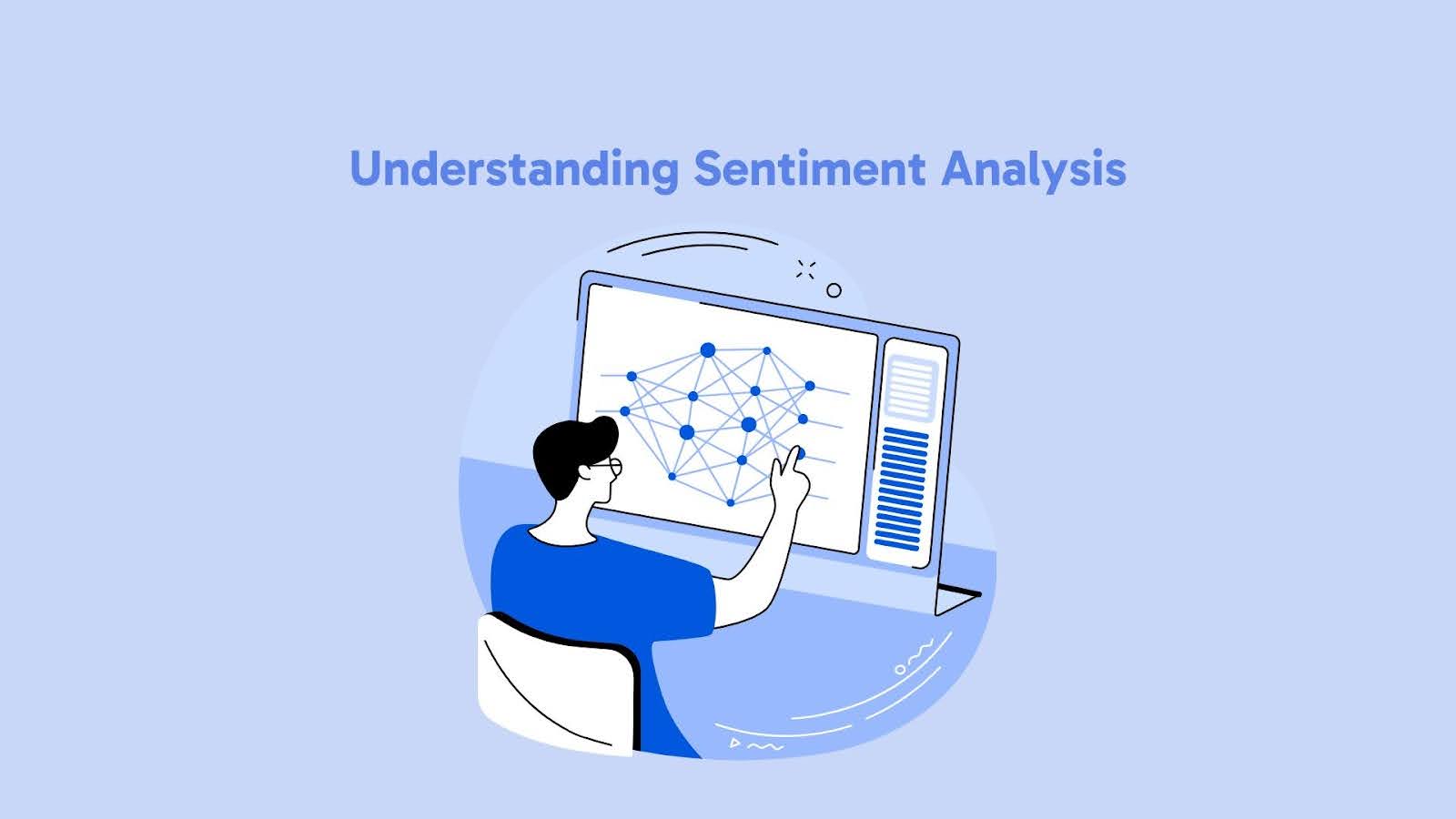Introduction
In today's fast-paced financial markets, timely and accurate information is crucial for making informed investment decisions. Financial news—covering topics from economic developments to stock market fluctuations—plays a significant role in shaping market behavior. Sentiment analysis of financial news helps in understanding market sentiments and predicting future trends based on the latest news and economic reports.

By connecting various news stories and analyzing their sentiment, we can gain insights into market dynamics and economic performance. This approach enables investors and financial analysts to anticipate market movements and make data-driven decisions.
Importance of Financial News Sentiment Analysis
Sentiment analysis of financial news involves assessing the emotional tone of news articles and reports related to finance, trading, and the economy. This analysis helps in:
- Predicting Market Trends: Understanding the prevailing sentiment in news can help forecast future market movements. Positive or negative sentiments can influence investor behavior and market trends.
- Identifying Key Drivers: Financial news often highlights significant events or developments that impact the market. Analyzing sentiment helps in identifying key drivers and their potential effects on the economy.
- Enhancing Investment Strategies: Investors can use sentiment analysis to refine their investment strategies, making informed decisions based on the prevailing market sentiment and news trends.
- Risk Management: By assessing sentiment, financial institutions and investors can better manage risks associated with market volatility and unexpected economic developments.

News Data Source
Crawlsight's financial news data includes comprehensive information from over 50 leading global news sites. The dataset is constantly updated and organized with rich details, such as news labels, tags, author, publication date, and article sentiment. It is designed for easy integration with analytics platforms and machine learning models, making it ideal for trend analysis, market sentiment studies, and financial forecasting. The dataset can be accessed and downloaded via the Crawlsight Data Catalog.
Technological Stack
To perform effective sentiment analysis of financial news, a robust technological stack is essential:
- Python: Widely used for data extraction and sentiment analysis, with libraries such as NLTK, spaCy, and TextBlob for NLP tasks.
- Natural Language Processing (NLP): Tools like BERT and GPT-3 for understanding and analyzing text data, extracting sentiments, and deriving insights from financial news.
- Big Data Technologies: Platforms like Apache Hadoop and Apache Spark for handling and processing large volumes of news data efficiently.
- Cloud Services: AWS and Google Cloud Platform for scalable data storage and computational resources required for large-scale analysis.
- Data Visualization Tools: Tools such as Tableau or Power BI for creating interactive dashboards and visualizations to present sentiment trends and market predictions.
Implications and Applications
The insights gained from financial news sentiment analysis have significant implications:
- Market Forecasting: Enables analysts and investors to forecast market trends based on the prevailing sentiment in news and reports.
- Investment Strategies: Helps in developing and refining investment strategies by providing a data-driven approach to understanding market sentiment.
- Regulatory and Compliance Monitoring:Assists regulatory bodies in monitoring market sentiment and its potential impact on financial stability and compliance.
- Economic Analysis: Provides valuable insights into economic conditions and potential future performance based on news sentiment.
Using Financial News for Product Planning and Sales
Financial news sentiment analysis is not only valuable for investors but also for firms looking to plan their products and boost their sales. Here’s how insights from financial news can guide product planning and enhance sales:
- Identifying Market Needs: By analyzing financial news, firms can detect emerging trends, economic shifts, and changing consumer preferences. This information helps in identifying gaps in the market and planning products that meet current and future demands.
- Strategic Product Launches: Understanding market sentiment around specific industries or sectors can guide the timing and strategy of product launches. Firms can align their product offerings with positive market trends or avoid launching during periods of negative sentiment.
- Competitive Positioning: Financial news provides insights into competitors’ performance, strategies, and market positioning. Firms can use this information to differentiate their products, enhance their value propositions, and strategically position themselves in the market.
- Dynamic Pricing Strategies: Firms can leverage sentiment analysis to adjust pricing strategies based on market conditions and consumer sentiment. For example, during periods of positive sentiment, firms might set higher prices due to increased demand, while adjusting prices downward during negative sentiment to maintain competitiveness.
- Risk Management and Adaptation: By keeping track of economic indicators and market sentiment, firms can proactively manage risks and adapt their product strategies in response to economic downturns or other challenges. This agility helps in maintaining stable sales performance even during turbulent times.



